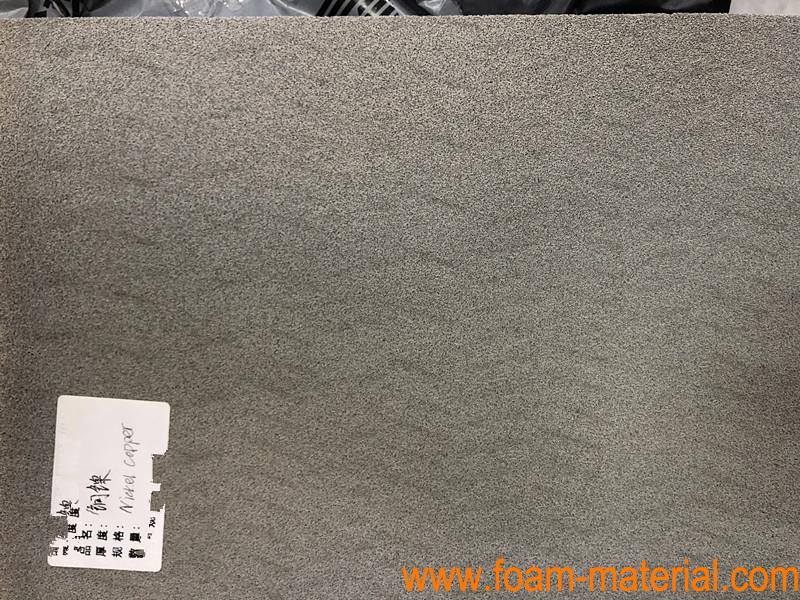Production Process:
Raw Material Preparation: The first step in producing nickel-copper alloy foam involves preparing nickel and copper powders in the appropriate proportions. Strict control over the composition ensures the desired properties of the resulting alloy.
Mixing and Alloy Slurry Preparation: Nickel and copper powders are mixed according to the designed ratio, and a suitable amount of binder and foaming agent is added. The mixed material forms a slurry used for the subsequent foaming step.
Foaming: The alloy slurry is placed in molds with a foaming agent. Under the action of the foaming agent, the material in the mold expands, forming a foam-like structure. This step can be achieved through heat treatment or chemical reaction.
Sintering: The formed foam structure undergoes sintering to establish strong connections within the alloy. This step helps improve the mechanical strength and stability of the foam.
Post-Processing: Further processing steps may include surface coating, adjusting porosity, or other customized treatments to meet specific application requirements.
Primary Applications:
Acoustic Materials: Nickel-copper alloy foam and Nickel foam is used in the preparation of acoustic materials due to its excellent sound absorption properties. This includes applications in audio devices, soundproofing materials, and noise control.
Energy Absorption Materials: The high surface area of the foam structure makes nickel-copper alloy foam suitable for use as energy absorption materials, mitigating impact or vibration.
Electromagnetic Shielding Materials: Nickel-copper alloy foam exhibits excellent electromagnetic wave shielding performance, making it suitable for use in electronic devices, such as electromagnetic shielding enclosures or materials.
Thermal Conductive Materials: The foam structure provides a large surface area, making nickel-copper alloy foam suitable for the preparation of thermal conductive materials. In some thermal management applications, it is used as an effective heat dissipation material.
Filters and Separators: The porous structure of the foam makes it an excellent material for filters and separators, used for gas and liquid filtration and separation.
Biomedical Applications: Nickel-copper alloy foam finds applications in the biomedical field, such as bio-scaffolds, drug delivery carriers, or tissue engineering materials.
Advantages and Characteristics:
Lightweight High Porosity Structure: Nickel-copper alloy foam has a lightweight and high porosity structure, suitable for applications requiring high surface area and porosity performance.
Adjustable Physical Properties: By adjusting alloy composition and production processes, the physical properties of nickel-copper alloy foam can be customized to meet the requirements of different applications.
Conductivity: Due to the inclusion of copper, nickel-copper alloy foam exhibits good conductivity, making it suitable for electronic and electromagnetic applications.
In summary, nickel-copper alloy foam, with its unique structure and multifunctionality, has found widespread applications across various fields, meeting diverse engineering and scientific needs.

the professional team to service !